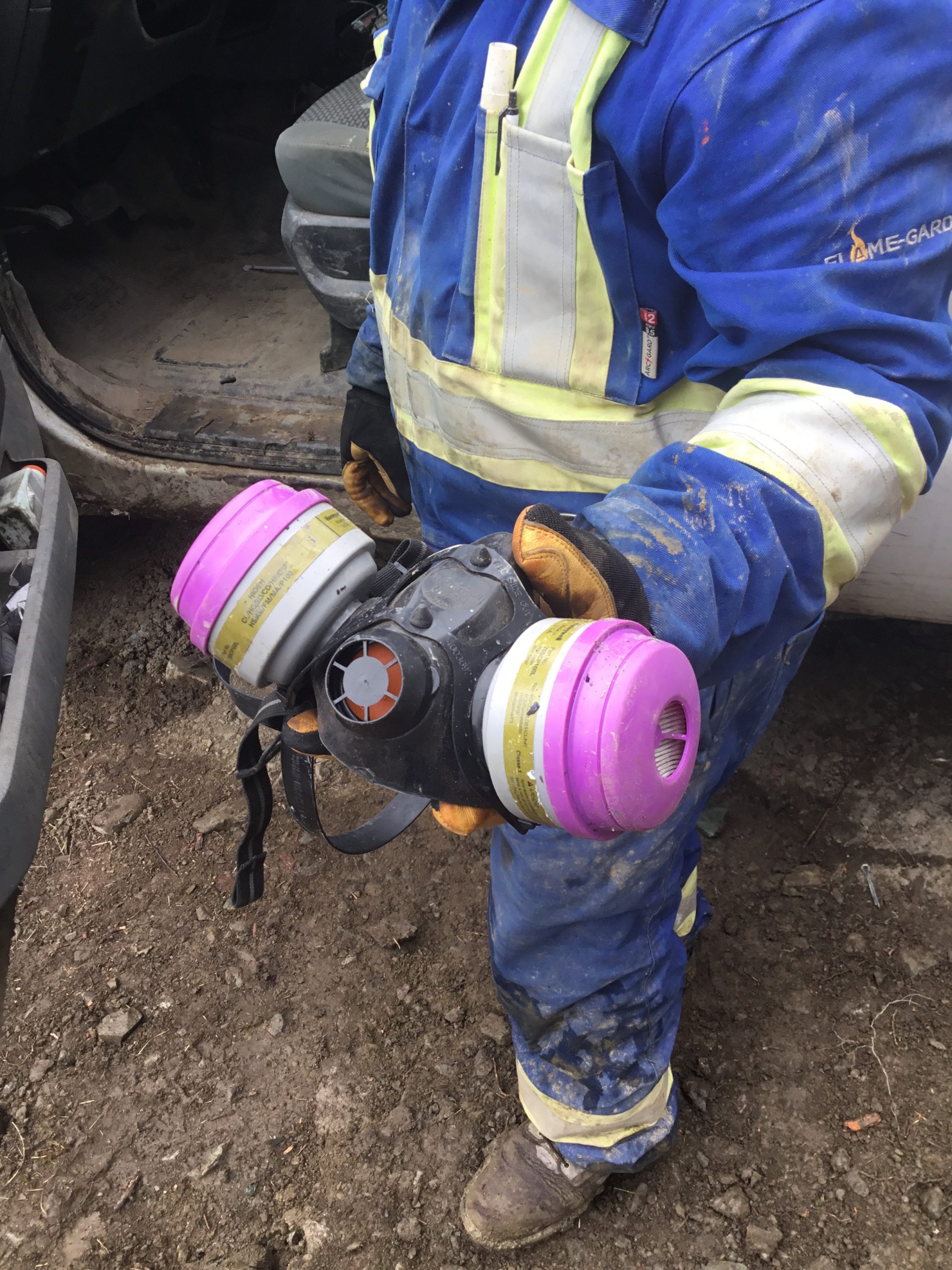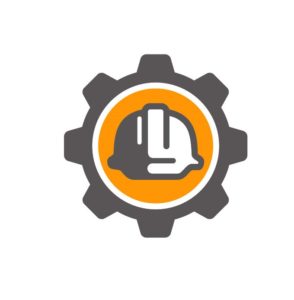Formal Hazard Assessments
Recognize general overall hazards that are anticipated to be present on the project sites. Examples include Risk Registers, Safe Work Procedures and Safe Job Procedures.
Project Hazard Assessments/Project Risk Registers
Formal hazard assessments are typically created by the owner of the project and are known by a variety of names. Project Hazard Assessments (PHA) and Project Risk Register (PRR) are two common document titles, and both are the same type of document.
All companies should have a Risk Register that they can supply to a prime contractor prior to starting at a new site. By providing this formal assessment, it shows that the hazards of your work have been identified and that your program has the proper structure built into it.
This type of hazard assessment is primarily developed for planning a project, where management and supervisors list all activities they’ll perform, assign a risk rating based on frequency and severity, then apply controls for the elimination or reduction of risk, arriving at a “Post Control” risk rating. The document presents an overview of the entire project, not a site-specific view.
Critical Task List
All companies should develop a “Risk Register” and review/revise it regularly as part of their internal HSMS. This document is the starting point for building out a Critical Task List (High residual risk after controls) and this forms the basis for developing required Safe Work Practices for high risk activities at your sites.
Job Safety Analysis (JSA)
Job Safety Analysis (JSA) is documentation that identifies, rates and applies controls for tasks that have exposure to hazards, such as chemical use or asbestos.
Job Hazard Analysis (JHA)
Job Hazard Analysis (JHA) documentation identifies, rates, and applies controls for tasks that are exposed to the release of stored energy, such as being struck by or falling from, as a result of this type of hazard.
Risk registers, JSA’s/JHA’s will be asked for during any incident investigations on the project and must be updated as it progresses. If you have these documents in place prior to startup, the management of the program will be noticeably easier.
Safe Job Procedures (SJP)/ Safe Work Procedures (SWP)
Safe Job Procedures (SJP)/ Safe Work Procedures (SWP) are interchangeable terms that represent a step-by-step list of how to perform a specific task. These are developed in conjunction with the JSA/JHA documents, and as part of your HSMS, including both supervisor and worker input.
For companies using a digital safety platform, it is useful to have a drop-down table built based on the JSA/JHA/SWP lists, that allows for identification of all applicable assessments and procedures. Place the dropdown in the tailboard, so that crews can access their daily documentation and highlight/review the procedures they will be utilizing that day.
Formal Hazard Assessments will be asked for as part of an incident investigation and companies will be in a stronger position when able to demonstrate the existence of well-developed structure and procedures being available and utilized.
Informal Hazard Assessments
Site specific that are completed at site. Examples include Tailboards and FLHAs.
In the dirt, at site and on the worker are all ways to explain informal hazard assessments. These form the last line of defence, when looking from a documentation point of view.
Tailboards or Tailgates
Tailboards or Tailgates are the meeting point for each crew every day before work begins and when work conditions change. Their value is derived from verbally reviewing what the tasks, hazards and controls will be for the day’s planned work. The most benefit from the meeting is gained when all crewmembers participate, rather than just gathering to hear the foreman assigning roles. Use this opportunity to review procedures, ask questions and share ideas as to what may be of concern or may develop during the day.
Field Level Hazard Assessments (FLHA)
Field Level Hazard Assessments (FLHA) are cards completed by each worker at the start of the shift that outlines his/her own personal hazards based on their role on site. These are reviewed, signed off by the supervisor and returned to the worker. They serve the purpose of having a final hazard assessment, specific to the individual worker and shows due diligence on the part of the worker, in recognizing the “here and now” hazards he/she is facing.
 At the start of a project or at a new location, FLHAs will typically be two types: those in growth mode, when the worker is missing some mandatory items, and/or those in plateau mode, where the normally expected items are listed and repeated every day going forward while doing the same task.
At the start of a project or at a new location, FLHAs will typically be two types: those in growth mode, when the worker is missing some mandatory items, and/or those in plateau mode, where the normally expected items are listed and repeated every day going forward while doing the same task.
Growth mode is when the worker is actively engaged in looking at his/her surroundings to try to find things that may represent a hazard and planning on how to mitigate the risk. The worker is engaged with the H&S program and places considerable value on this exercise.
 Once this worker reaches the plateau frame of mind, he/she knows what the “normal” hazards are while performing this task, what the safety guy is always looking for when reviewing the card, and so completes the card to address these limited points. The worker now views the FLHA as having little value and completes the card the same way every day.
Once this worker reaches the plateau frame of mind, he/she knows what the “normal” hazards are while performing this task, what the safety guy is always looking for when reviewing the card, and so completes the card to address these limited points. The worker now views the FLHA as having little value and completes the card the same way every day.
Safety personnel on projects must work towards keeping all crewmembers engaged with the hazard assessment process without resorting to pressure, by asking the workers to list items that aren’t hazards or are listed simply to have something new on your FLHA.
As members of an H&S team, everyone play’s a role in ensuring that hazard assessments are completed and implemented in a manner that creates a culture of safety that is valued throughout the company.



0 Comments